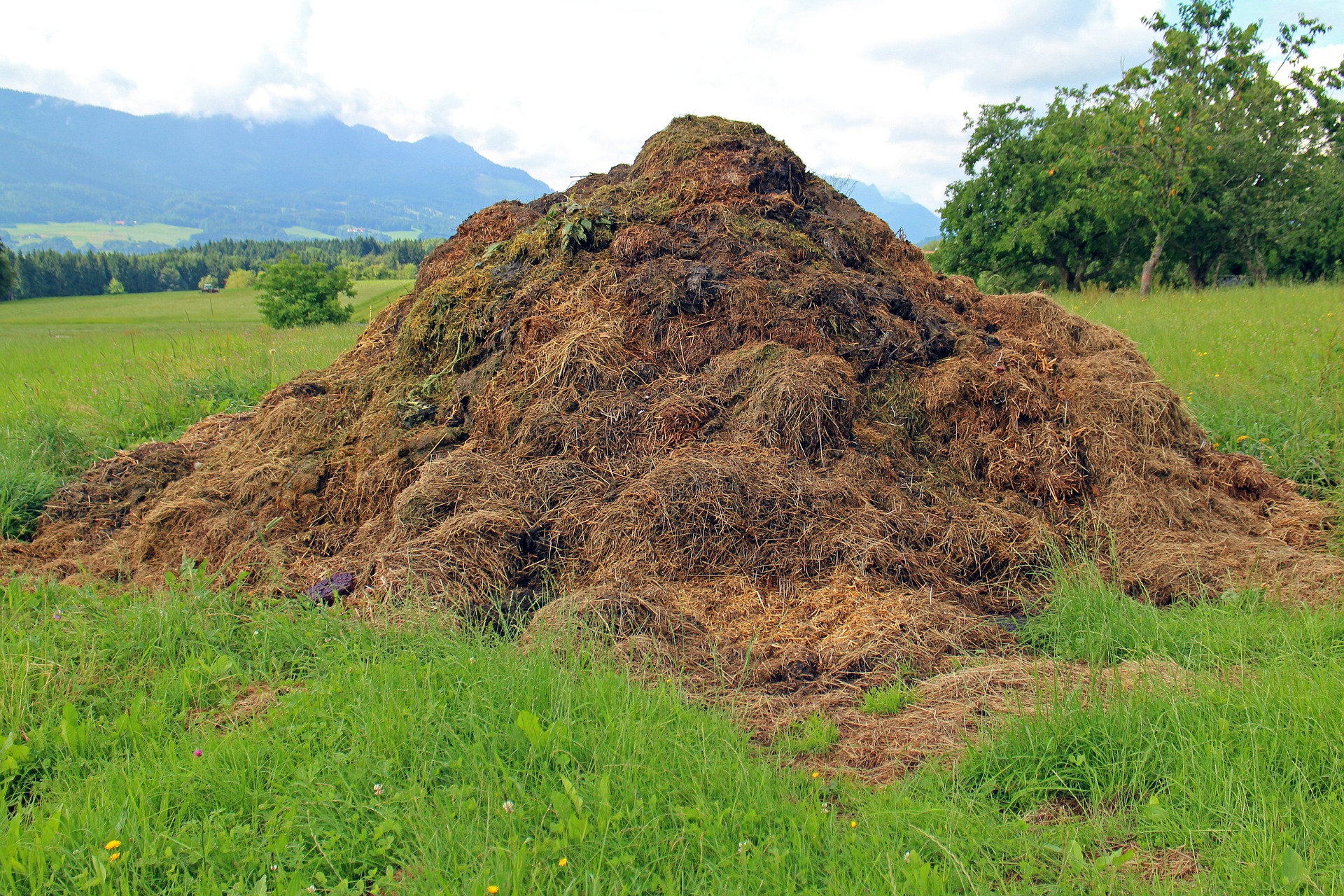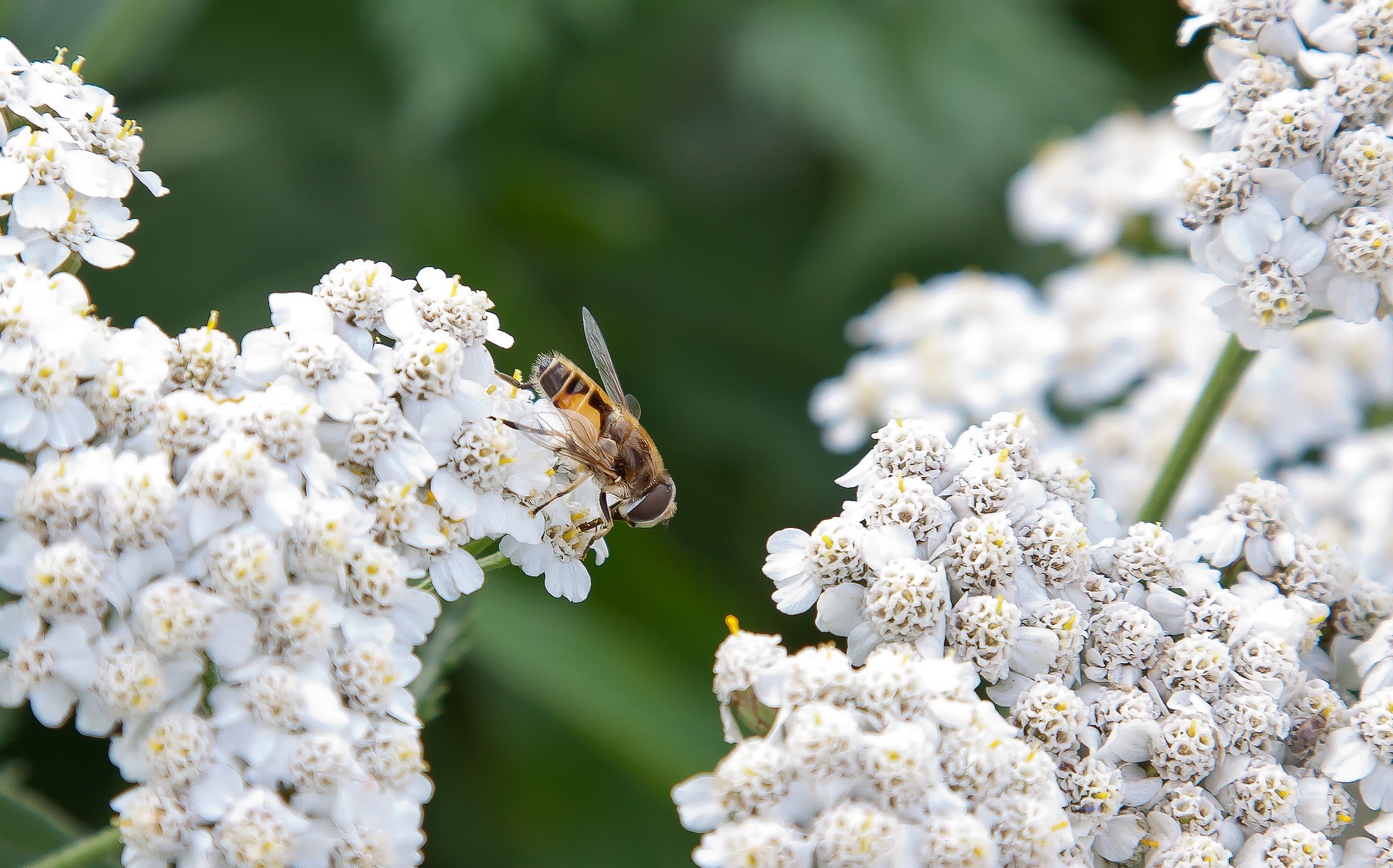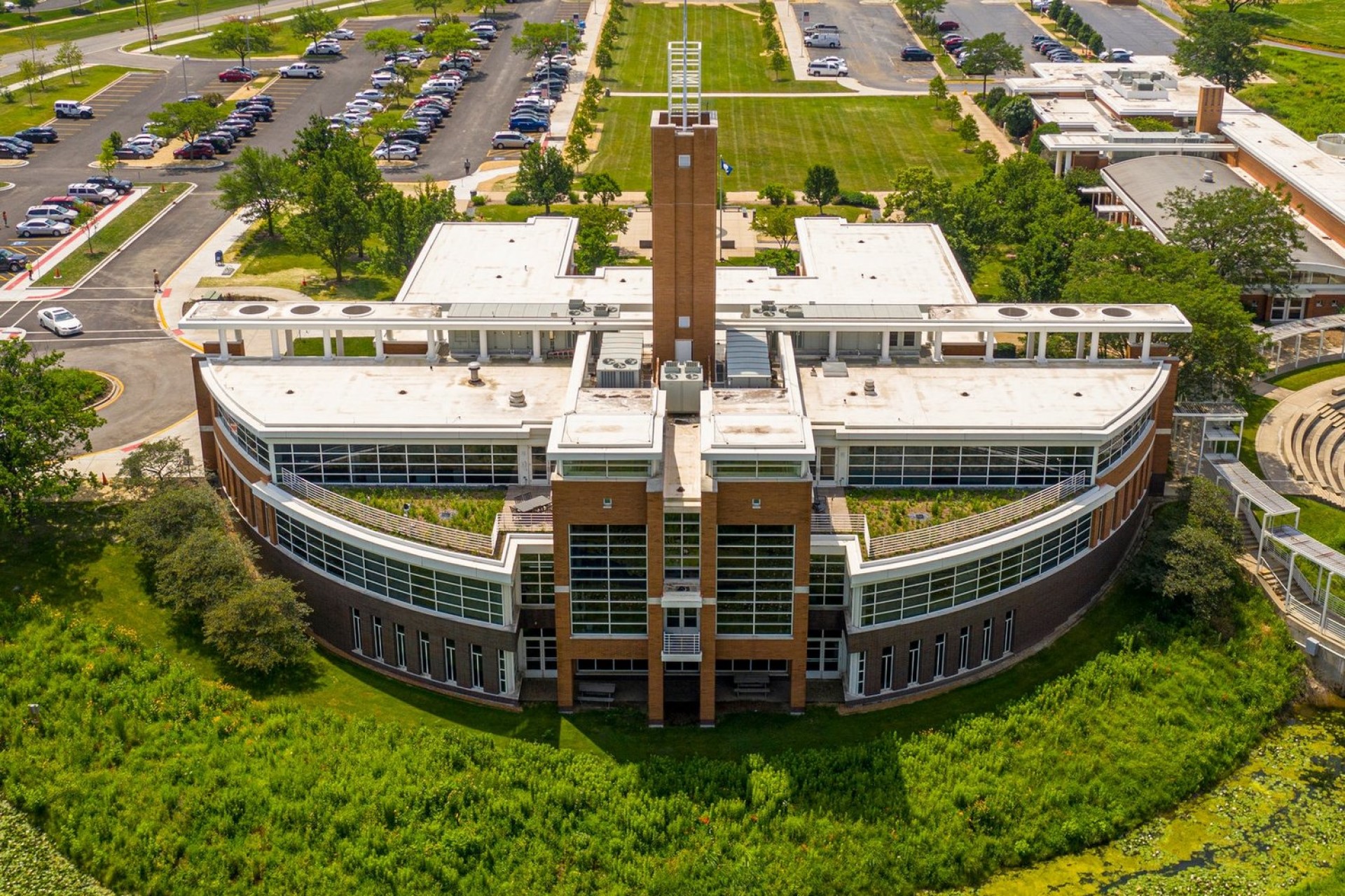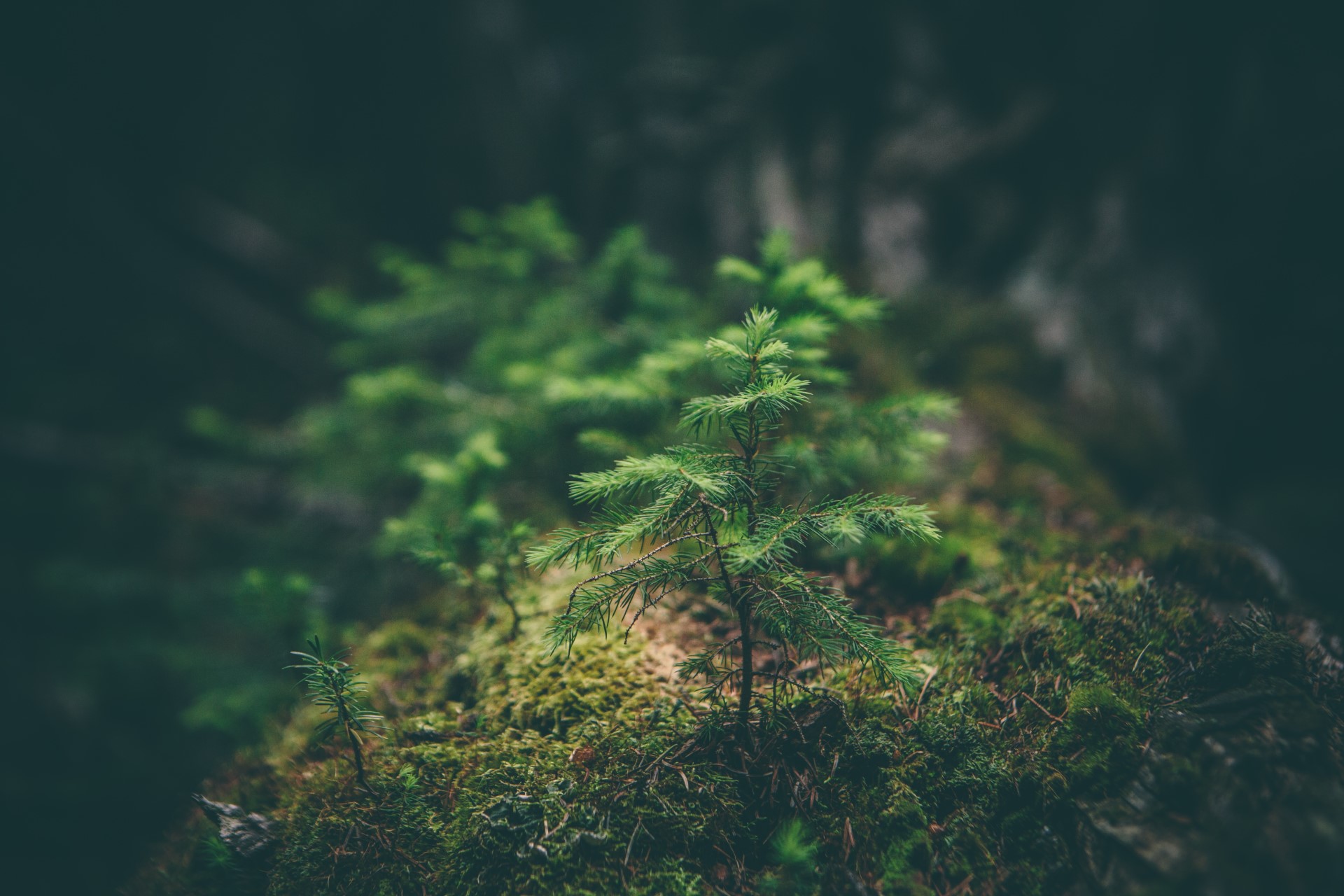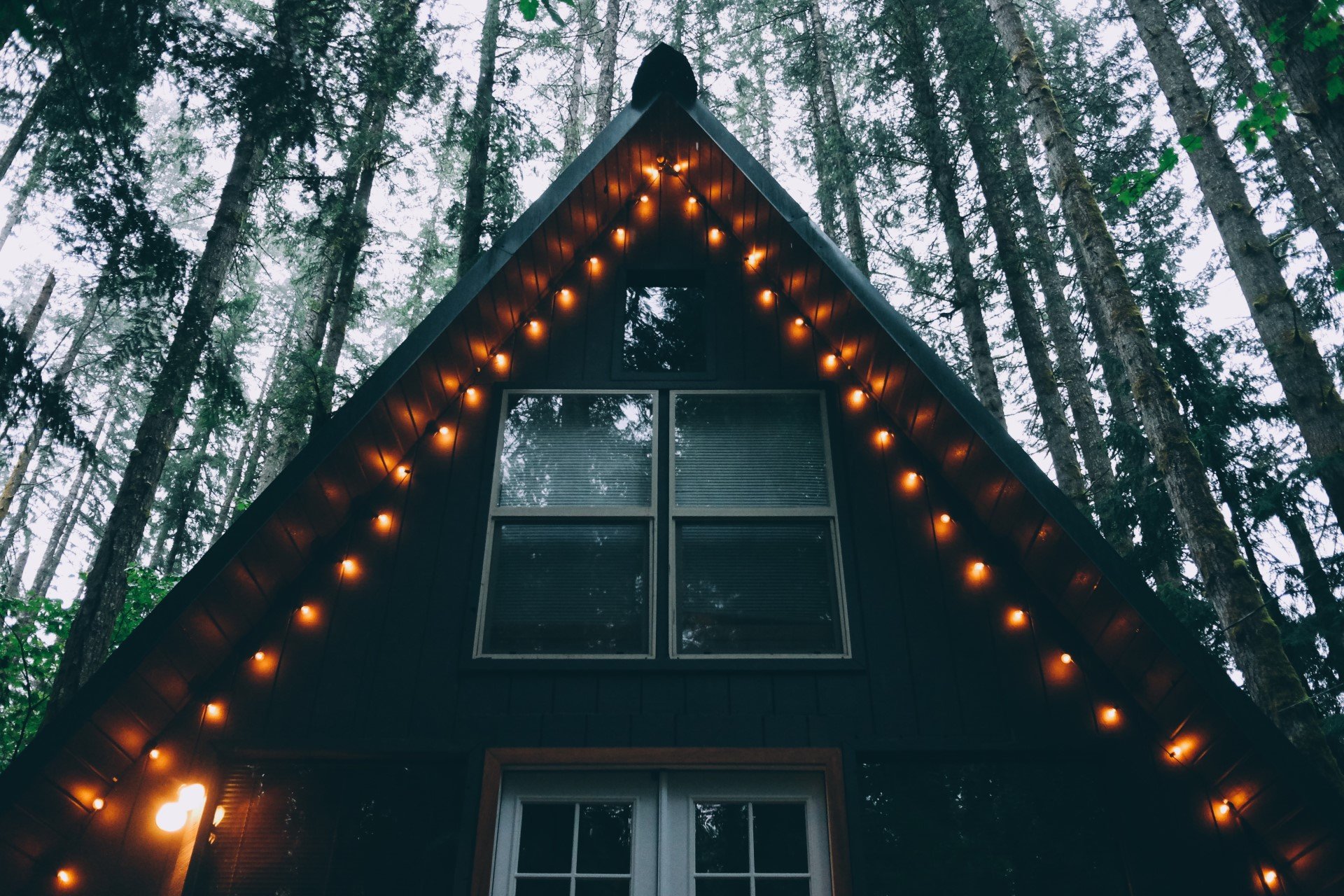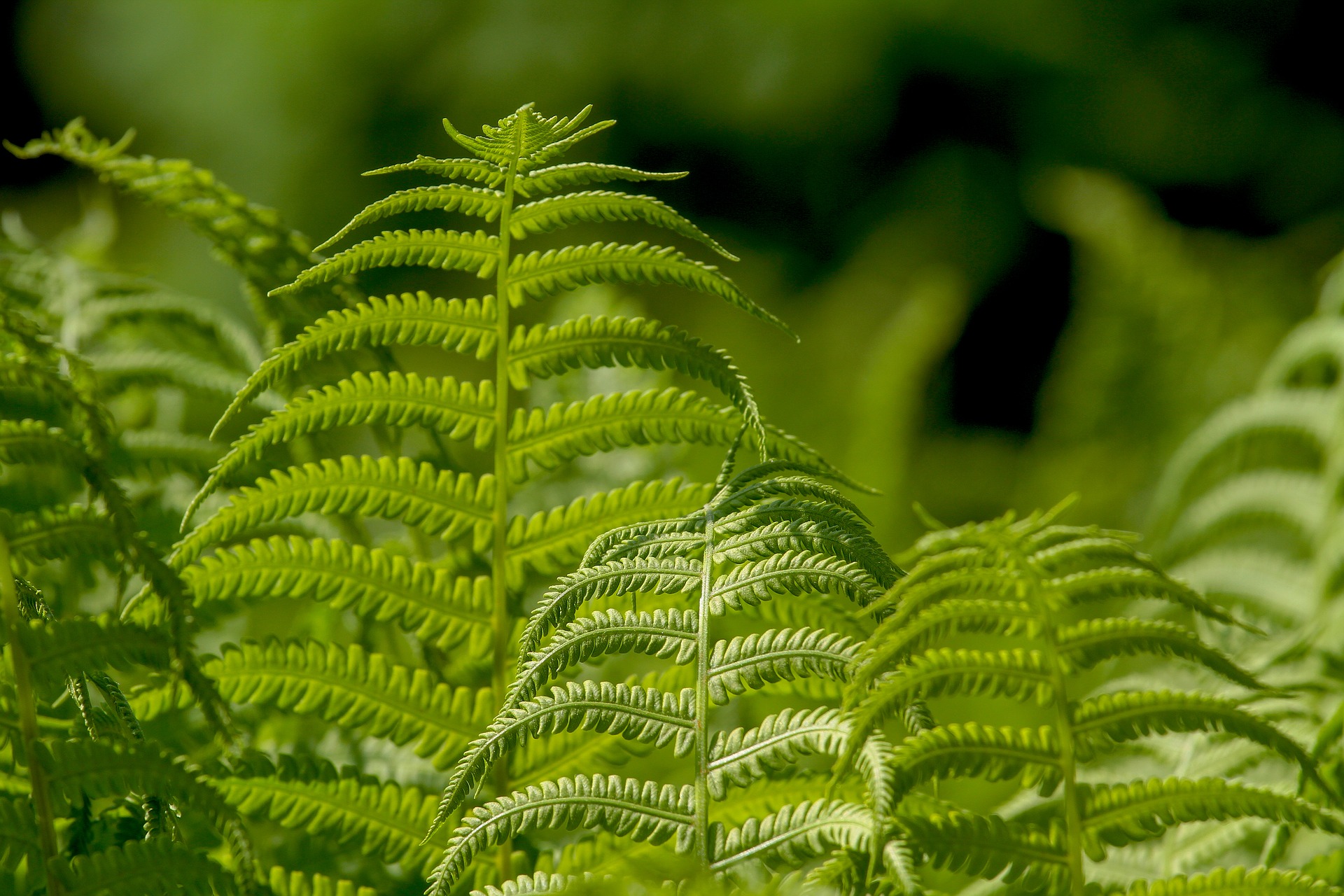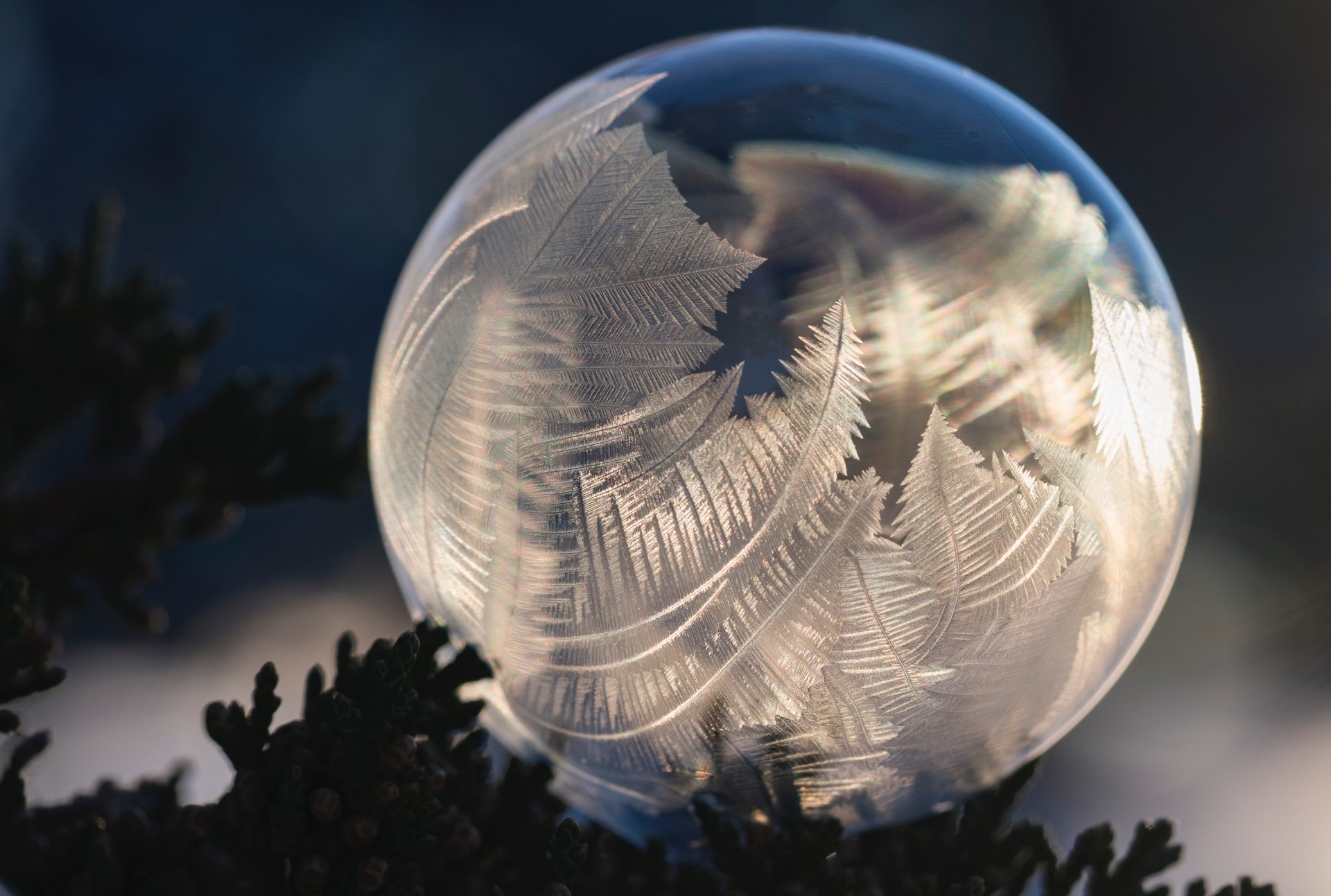Wondering what to do if your city doesn’t offer municipal curbside compost pickup? Never fear; there are plenty of ways to keep food scraps out of landfill.
If you’re anything like us, it kills you to toss a banana peel in the garbage. Watching those carrot shavings languish in the trash can is tantamount to murder. You’re tempted to secretly bury apple cores in the nearby park in the dead of night.
Because trashing food – even if it’s only scraps we’re talking about – just feels so wrong.
And, well, it is wrong. Compost has amazing benefits for the world, and has been a valuable aspect of human stewardship for many millennia. But today, it seems we’ve forgotten its importance.
The result is that more than 15 percent of municipal solid waste ends up being food scraps, with 22 percent of landfills represented by food waste (as of 2015 numbers, the latest available). That’s 39.7 million tons and 30.3 million tons respectively, the difference accounted for by combustion for energy recovery.
Of that original 39.7, only 7.4 percent is combusted and only 5.3 percent is composted. Not good enough, we say.
But assuming your city doesn’t offer municipal compost pickup, and most still don’t, what are you supposed to do? Without that bin, what composting alternatives do you really have?
Well, it turns out, quite a few. If you're wondering how to compost outside your home, here's what you need to know.

